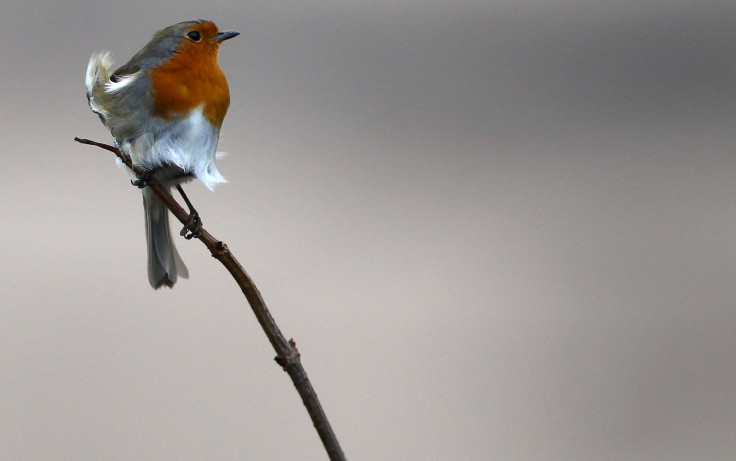How Birds See Earth’s Magnetic Field To Orient Themselves

Birds’ navigational methods have always been a mystery to scientists who constantly ponder over questions such as how these winged creatures orient themselves, fly tens of hundreds of miles across the globe, or come back just at the right place.
Some thought the secret could be hidden in the cells of their beaks, but now, two new separate studies suggest it is the work of an eye protein that lets them see Earth’s magnetic field and navigate to the required location.
Though the idea has been posited in the past, now the biologists from Lund University, Sweden, and Carl von Ossietzky University Oldenburg, Germany, were able to pin down the exact molecule responsible for the action — “Cry4.” It belongs to a class of proteins called cryptochromes, a group sensitive to blue light and biological sleep cycles of many animals.
Previous studies indicated birds’ magnetoreception or the ability to sense magnetic field could be linked to cryptochromes’ ability to detect certain wavelengths.
That said, in order to better understand the molecules, including how they functioned, the team from Lund University took a close look at protein mechanism in zebra finches, while the other examined European robins.
The first group studied levels of Cry1, Cry2, and Cry4 in the brain, muscles, and eyes of zebra finches. They thought cryptochromes linked to magnetoreception would stay constant and witnessed the exact same phenomenon in Cry4 during the observation, ScienceNews reported. Cry1 and Cry2 levels fluctuated throughout the day but eye protein was produced steadily.
The other team, studying robins, also reported the same results. But, they also noted Cry4 protein is located in the region of the retina that receives a lot of light and is expressed more in the migratory season, something that further falls in line with the theory suggesting the molecule is used as an internal compass by the birds.
According to the researchers involved in the work, all of this evidence hints at Cry4’s critical role, but they need more studies like these to confirm its function and exclude Cry1 and Cry2 from the picture. This, as they say, could be done by observing birds with non-functioning Cry4 and noting if they are still able to orient themselves. If proven correct, this would be the first case of a specific molecule responsible for sensing magnetic fields in an animal.
The study examining zebra finches was published March 28 in a paper titled “Expression patterns of cryptochrome genes in avian retina suggest involvement of Cry4 in light-dependent magnetoreception” in Journal of the Royal Society Interface. Meanwhile, the robin study was detailed Jan. 4 in a paper titled “Double-Cone Localization and Seasonal Expression Pattern Suggest a Role in Magnetoreception for European Robin Cryptochrome 4,” published in journal Current Biology.
© Copyright IBTimes 2024. All rights reserved.





















